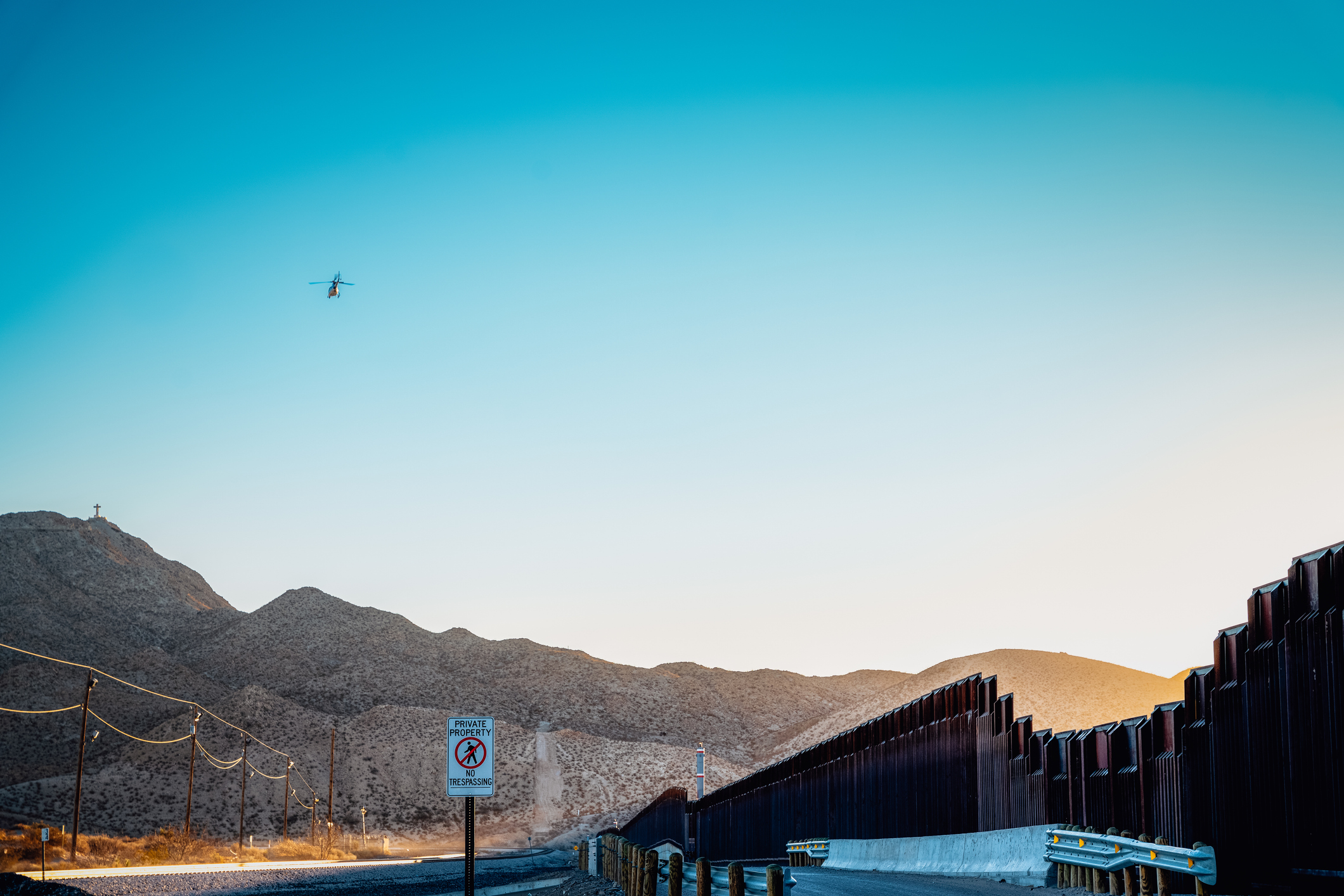
Iran is undertaking a significant project to construct a 300-kilometer-long concrete wall with barbed wire along its border with Afghanistan. This $3 billion project aims to tackle growing concerns of cross-border terrorism, smuggling, and illegal immigration—particularly since the Taliban’s takeover in 2021. Iran has already completed more than 10 kilometers of the wall and plans to fortify an additional 50 kilometers, a step that underscores the fundamental right of every nation to protect its citizens from external instability and terrorism. This development can lead to controlled border mechanisms leading to more regional stability.
The necessity for such measures has become more pronounced in recent years as the situation in Afghanistan has worsened under the interim rule of the Taliban. The government in Kabul, often referred to as the Interim Afghan Government (IAG), has struggled to rein in violent groups such as the Tehrik-i-Taliban Pakistan (TTP) and the Islamic State Khorasan Province (ISKP), both of which have become prominent players in destabilizing the region. Iran’s wall, thus, is not merely a matter of national defense but a regional imperative, addressing the interconnected security issues that have spilled over from Afghanistan’s porous borders.
Historically, no neighboring country felt the need to build walls along its border with Afghanistan. However, the mounting threats from extremist groups within Afghan territory have forced neighboring nations to take defensive measures. Iran and Pakistan have been at the forefront of these efforts, finding themselves obligated to erect barriers to combat terrorism, smuggling, and illegal border crossings. The construction of Iran’s border wall is not an act of aggression but rather a measure of self-preservation—one that highlights the failure of the IAG to control non-state actors and extremist elements within its own borders.
Iran’s border measures underline the legitimacy of Pakistan’s own security efforts. Pakistan, which shares an extensive and volatile border with Afghanistan, has long faced criticism for its own border fortification strategies, particularly the construction of a fence along the border areas with Afghanistan. However, Iran’s recent moves strengthen Pakistan’s argument: secure borders are essential to national security and regional stability. Both countries face common threats from cross-border insurgency, drug trafficking, and illegal immigration. By constructing barriers, Iran and Pakistan are taking responsible steps to combat the growing menace of cross-border terrorism.
The fear of terrorism spreading from Afghanistan is not just an issue for Iran and Pakistan but a problem that affects all of Afghanistan’s neighbors. The unchecked presence of extremist groups within Afghan borders has created a ripple effect, raising concerns of terrorism spreading throughout Central Asia and beyond. Iran’s construction of a border wall, therefore, is a proactive step not only to safeguard its own citizens but to contribute to regional stability. This underscores the urgent need for a collective regional approach to tackling the security threats emanating from Afghanistan.
Had the IAG been able to exert stronger control over its territory, particularly by taking decisive action against terror groups such as the TTP and ISKP, the current security challenges could have been mitigated. A more stable Afghanistan could have fostered improved trade relations, greater connectivity, and economic cooperation within the region. Instead, neighboring countries are left with no choice but to spend billions on fortification efforts, which could have otherwise been allocated to more productive and development-oriented purposes.
Iran’s $3 billion project is a testament to the high cost of instability in Afghanistan, with billions more being spent by other neighboring nations on defensive infrastructure. These resources, which could have been used to boost trade and connectivity, are instead being funneled into securing borders. Moreover, the IAG’s inability to control extremist groups undermines the broader region’s economic potential. The increased fortification of borders not only curtails illegal activities but also hampers the potential for legitimate trade and people-to-people connectivity—an unfortunate consequence of Afghanistan’s internal challenges spilling over into the region.
Pakistan has long been vilified for constructing its own fence along the 2,640-kilometer Durand Line, despite facing the same security challenges as Iran. Pakistan has been at the forefront of combating terrorism, bearing the brunt of both domestic and cross-border insurgency for years. Its decision to fortify its borders stems from a legitimate need to curb the infiltration of terror groups and ensure the safety of its citizens. Yet, these efforts are met with disproportionate scrutiny compared to other countries facing similar challenges. Iran’s border wall highlights the necessity of such measures, reinforcing the notion that Pakistan’s actions are not only justifiable but also imperative for regional security.
Iran’s decision to construct a 300-kilometer concrete wall along its border with Afghanistan is a stark reminder of the growing regional instability emanating from Afghanistan. This defensive measure reinforces the legitimacy of Pakistan’s own border security efforts and exposes the unfair global criticism faced by Islamabad. The selective condemnation of Pakistan’s actions highlights a clear bias in international narratives that fails to appreciate the common challenges faced by both Iran and Pakistan. Ultimately, Iran’s border wall is a necessary step to ensure regional stability, one that underscores the urgent need for a collective approach to addressing security threats in the region.
